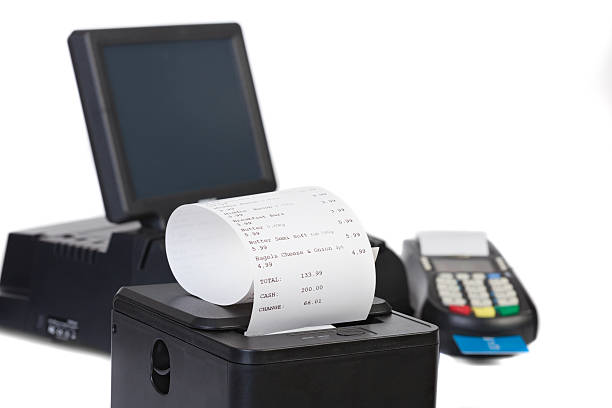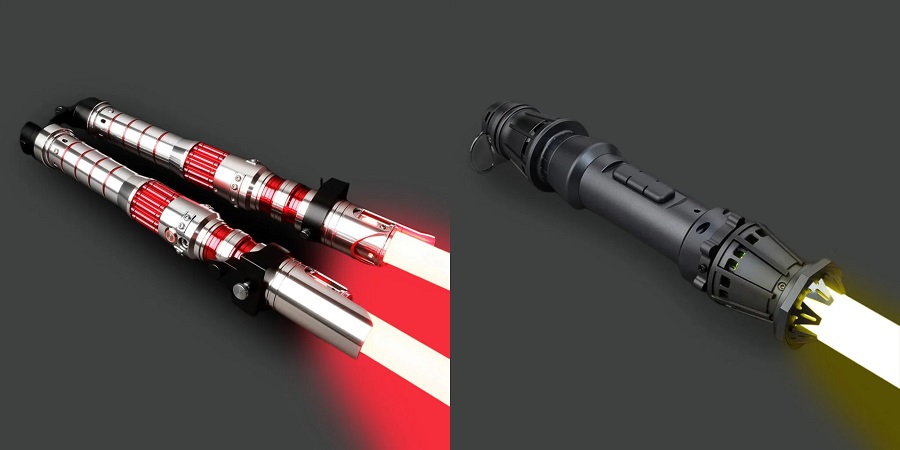In the rapidly evolving world of retail and hospitality, businesses seek innovative solutions to stay competitive and deliver seamless customer experiences. A key element in this process is the deployment of point-of-sale technology that is not only efficient but tailored to specific operational needs. This is where custom POS solutions become invaluable, particularly through partnerships with POS printer OEM/ODM providers. These collaborations allow businesses to access customized hardware and software integrations that optimize workflow, elevate brand presence, and increase long-term value.
Understanding OEM and ODM Partnerships in POS Printing
What Does OEM and ODM Mean?
OEM (Original Equipment Manufacturer) and ODM (Original Design Manufacturer) are two models through which hardware manufacturers deliver products. OEM typically refers to a business model where the manufacturer produces hardware to be branded by another company. ODM goes a step further by allowing the buyer to influence or fully design the product’s specifications and functionalities from the ground up.
OEM in POS Printing
When partnering with a POS printer OEM, businesses get hardware manufactured to their specifications but typically use their own branding. This allows resellers, retailers, or software providers to offer tailored solutions under their own brand umbrella.
ODM Advantages for Custom Innovation
In an ODM partnership, the manufacturer also handles product design. This means a company can introduce unique features, interfaces, or designs that perfectly align with their business goals, allowing for true product differentiation in a saturated market.
The Strategic Business Benefits of OEM/ODM Customization
Enhanced Brand Identity
Custom-built POS printers with proprietary design or branding help companies reinforce their identity at every customer touchpoint. Whether it’s a specialized color scheme, logo placement, or housing shape, these visual elements can enhance brand consistency.
Competitive Differentiation
With so many POS printers on the market, standing out can be difficult. A POS printer OEM/ODM partnership enables businesses to offer devices with unique features or aesthetics not available through standard models.
Customer Loyalty Through Custom Features
Adding tailored functions, such as a specific paper cut style, language support, or integration with proprietary systems, can significantly improve user experience and promote repeat business.
Scalability and Long-Term Planning
A major advantage of OEM/ODM collaborations is the ability to scale production and evolve product lines over time. As business needs shift, so can the features and form factors of your POS devices.
Cost Efficiency at Scale
While the upfront development cost in an OEM/ODM project might be higher, economies of scale often bring the long-term unit cost down significantly, making it a financially viable solution for growing businesses.
Technical Control and Support
With a custom POS printer, companies have more control over firmware, connectivity, and maintenance protocols. This streamlines troubleshooting, improves uptime, and reduces the reliance on third-party vendors.
Applications Across Diverse Industries
Retail Environments
In retail, where speed, accuracy, and aesthetics matter, customized printers support smooth transactions while blending into the store’s design language.
Integration with Inventory Systems
Custom firmware or connectivity options enable seamless integration with back-office inventory software, ensuring real-time stock tracking and analytics.
Brand-Specific Interface Support
Touchpoints like display messages, beep sounds, or power-on animations can be customized to reflect the brand’s tone and language, offering a unique in-store experience.
Food and Beverage Industry
Restaurants, cafés, and delivery-based kitchens benefit immensely from custom printer solutions. Thermal printers with grease-resistant casings, noise-reduction features, or specific print formats contribute to order accuracy and staff efficiency.
Ticket Routing and Language Settings
Custom printers can be designed to support order routing directly to specific kitchen stations and to print in different languages depending on staff preferences.
POS Printer Size Optimization
Kitchens are typically crowded. Custom-built printers with smaller footprints or wall-mounting options ensure space efficiency without compromising performance.
Logistics and Warehousing
Warehouses require rugged, high-volume POS printers to handle labeling and packaging needs. With OEM/ODM support, companies can develop mobile or industrial-grade printers built for harsh environments.
Wireless and Battery Support
Custom POS printers can include high-capacity batteries and wireless modules for full portability, allowing workers to print labels or receipts on the go.
Barcode and RFID Integration
Specialized features like RFID encoding or multi-format barcode support are essential for streamlined inventory tracking and product identification.
Choosing the Right OEM/ODM Partner
Technical Capability
Not all manufacturers have the engineering resources to support complex customization. Ensure your chosen POS printer OEM/ODM partner has a proven track record in innovation and hardware design.
Software and Firmware Support
Look for a partner that provides robust SDKs (Software Development Kits) and technical documentation, enabling you to easily integrate and extend the printer’s capabilities.
Compliance and Certification
Ensure the partner complies with relevant standards such as CE, FCC, and RoHS to ensure your custom product meets global distribution requirements.
Communication and Project Management
An effective OEM/ODM partnership depends on transparency, responsiveness, and aligned expectations. Regular updates, prototypes, and collaborative feedback loops are essential.
Supply Chain and Logistics
A reliable partner should be able to manage production volumes without compromising lead times. Consider partners that offer end-to-end solutions from prototyping to mass production.
After-Sales Service and Warranty
Strong support structures including warranty, replacement parts, and remote troubleshooting are crucial for maintaining device reliability post-deployment.
Risks and How to Mitigate Them
Intellectual Property and Exclusivity
When engaging in ODM projects, clarify IP ownership early. You don’t want your unique design or software being resold to competitors.
Document Everything
Maintain detailed records of design approvals, performance specs, and any third-party licenses used in the development to avoid future legal complications.
Use NDAs and Contracts
Always use contracts and NDAs to protect your business’s investment and proprietary ideas throughout the development cycle.
Quality Control Challenges
Custom products must undergo rigorous testing to ensure quality across all units. Delays or defects can have wide-reaching consequences.
Pilot Runs and Testing
Before mass production, perform pilot runs and field tests in actual business environments. This helps identify any operational gaps or failures early.
Choose Certified Partners
Work with manufacturers who have certified quality management systems, such as ISO 9001, to ensure consistency and accountability.
FAQs
What’s the difference between OEM and ODM in the POS industry?
OEM refers to a company manufacturing hardware based on the buyer’s specs and branding, while ODM handles both design and manufacturing, offering more customized options.
How can an OEM/ODM partnership reduce operational costs?
Custom printers are designed to integrate seamlessly into your workflow, reducing errors, inefficiencies, and maintenance costs over time.
Are OEM/ODM printers more expensive than standard models?
Upfront development costs may be higher, but long-term savings through scalability, reduced errors, and improved efficiency often outweigh initial investments.
What industries benefit most from POS printer OEM/ODM services?
Retail, food services, warehousing, and logistics gain the most due to their demand for fast, reliable, and customized printing solutions.
How do I choose the right OEM/ODM partner?
Look for partners with strong engineering capabilities, transparent communication, relevant certifications, and a commitment to long-term support.
Conclusion
OEM and ODM partnerships are reshaping how businesses approach POS printing by enabling truly customized solutions that enhance operational performance and brand identity. These tailored devices not only streamline processes but also reflect the evolving needs of modern businesses across various industries. By collaborating with a reliable manufacturer, companies can future-proof their operations and maintain a strong competitive edge in the marketplace. A POS printer OEM/ODM relationship is not just a hardware solution, it’s a strategic investment.
Author Bio:
Written by Asad Noman, a technology integration expert with a focus on business-specific hardware solutions. His experience in guiding companies through custom POS development brings clarity to OEM/ODM strategies. Explore tailored printing solutions from HPRT to see how your business can benefit from customized technology.




